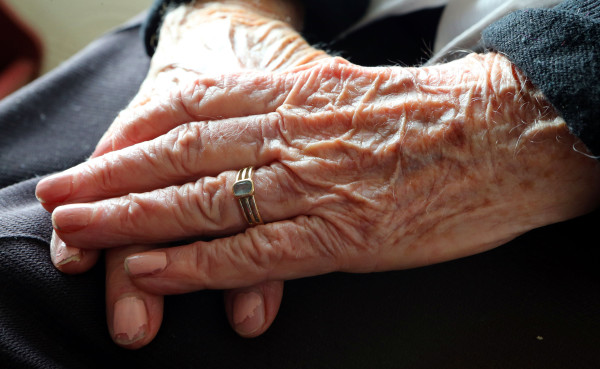If the local authority pays for care, the client will have a personal budget based on their care needs and either
- The authority will pay the home or the carers
- The amount is paid to the client who pays for the care themselves
If a client chooses to stay in a care home which is more expensive than the local authority will fund, they cannot top up the fees from their own funds.
However, a friend or relative can make the top up. This is known as a third-party top up.
State benefits
A client needing help with personal care can claim state benefits such as the Attendance Allowance (AA), Personal Independence Payments (PIP) or the Disability Living Allowance (DLA).
AA is available to someone over a pensionable age.
PIPs and DLA are paid to those under a pensionable age.
Even though most advisers would be advising clients over 65 on care annuities, PIPs and the DLA could still be relevant in the case of someone who has something like Motor Neurone Disease which typically begins before retirement age.
These benefits are not means tested and can still be paid to someone who funds their own care in their own home, or in a care home.
AA is paid at two rates. The lower weekly rate of £58.70 is paid to someone who needs care during the day, or supervision during the night, while the higher rate of £87.65 is paid to someone who needs both.
PIPs and the DLA are paid to someone under pension age, and as well as being payable to someone needing help with personal care, also are paid for someone who has walking difficulties.
The care components of PIPs and the DLA have a lower, middle and upper rate of payment, while mobility payments will be made at either a lower or upper rate.
Someone looking after an individual who is entitled to AA or the care component of PIPs and DLA for more than 35 hours per week can claim a carer’s allowance of £66.15. There is nothing in the legislation which prevents someone who is being paid to care for a sick person also claiming Carer’s Allowance.
Carer’s Allowance cannot be paid to someone earning over £123 per week (after travelling, taxes, and various other expenses like child care), so clients paying someone to care for them need to make sure that the amount that they pay them, after they deduct their allowable expenses does not exceed £123 per week.
NHS continuing healthcare
Someone who has more complex health needs could be entitled to non means tested NHS continuing healthcare.
The assessment is very strict, but includes things like:











